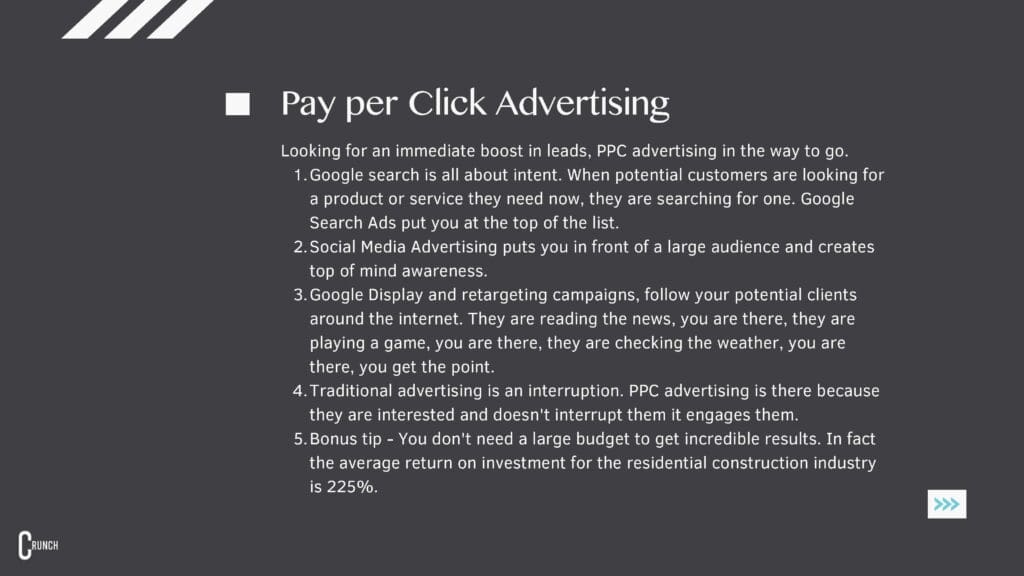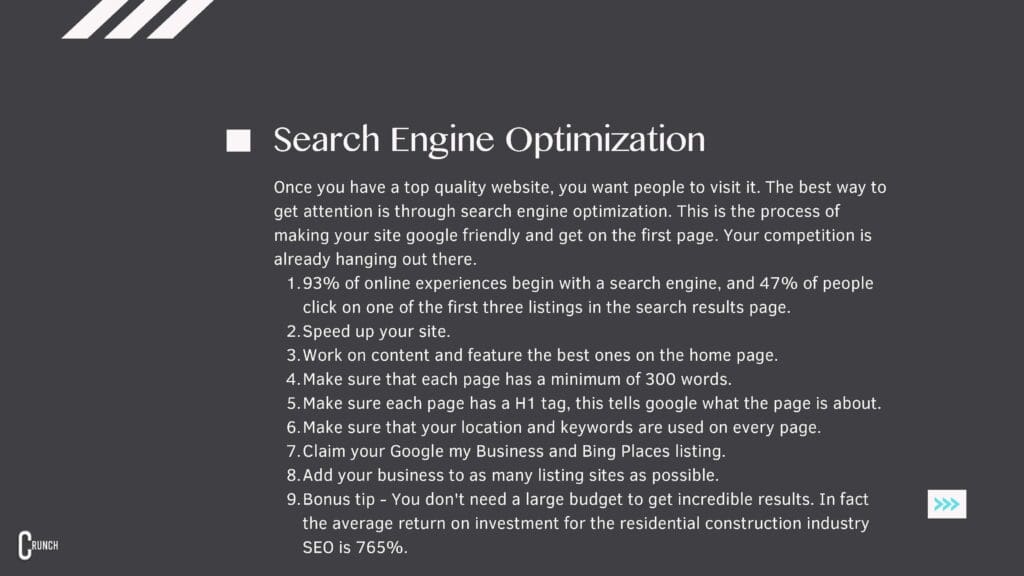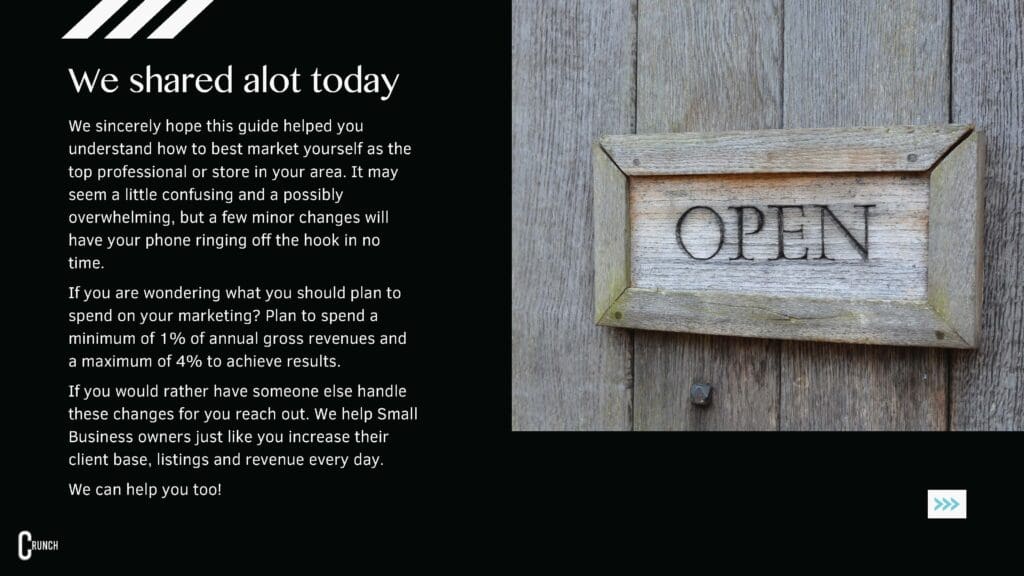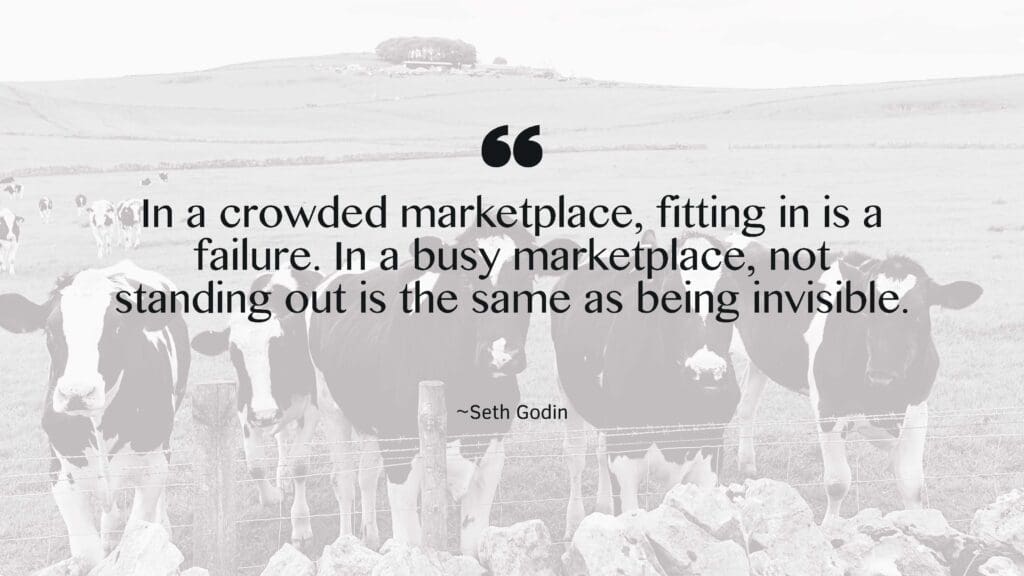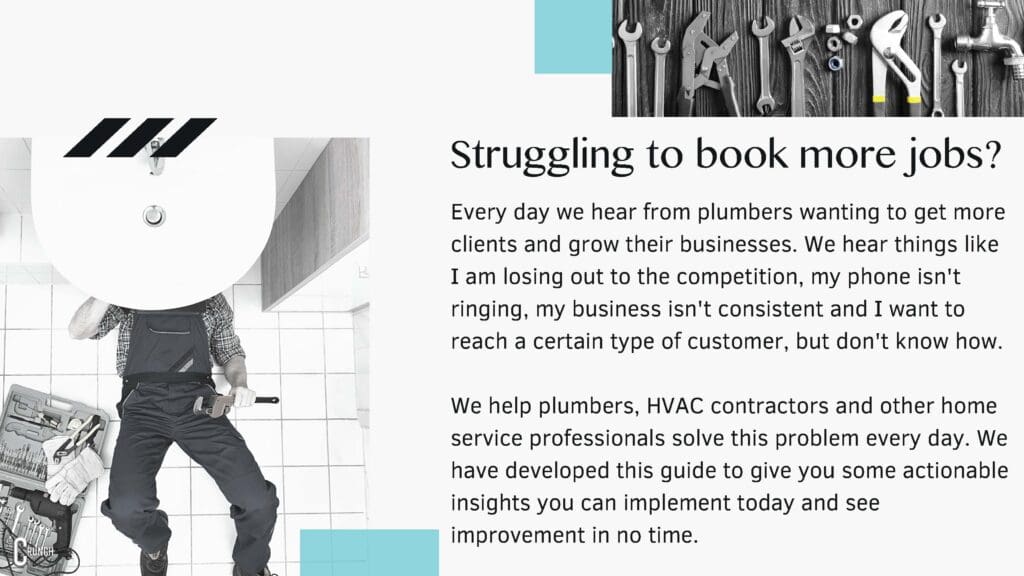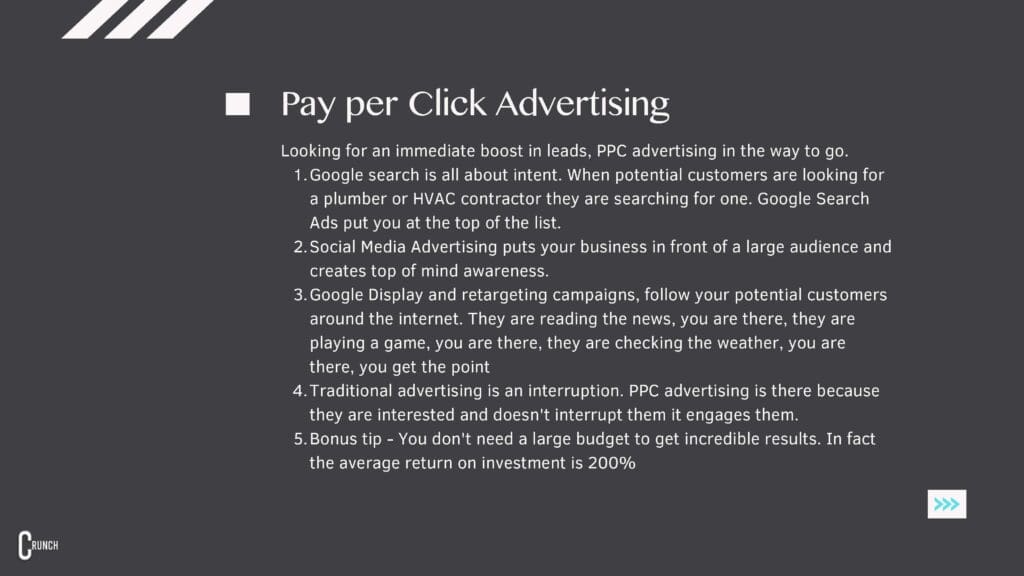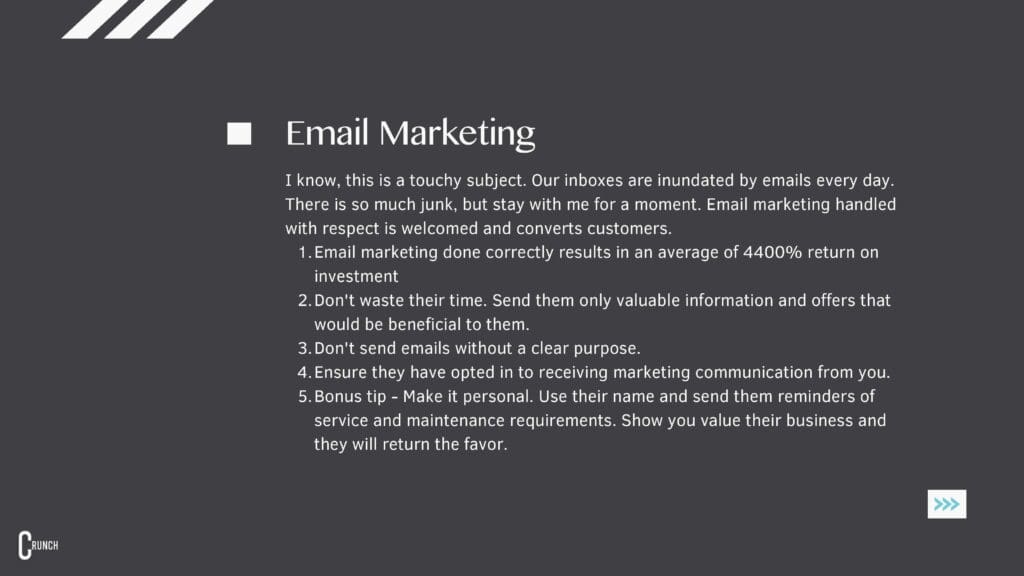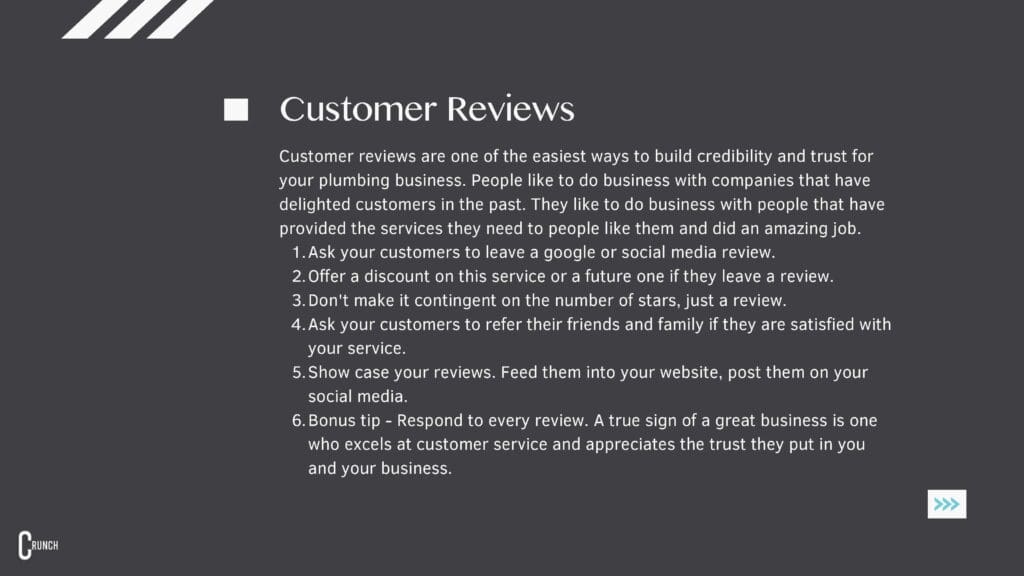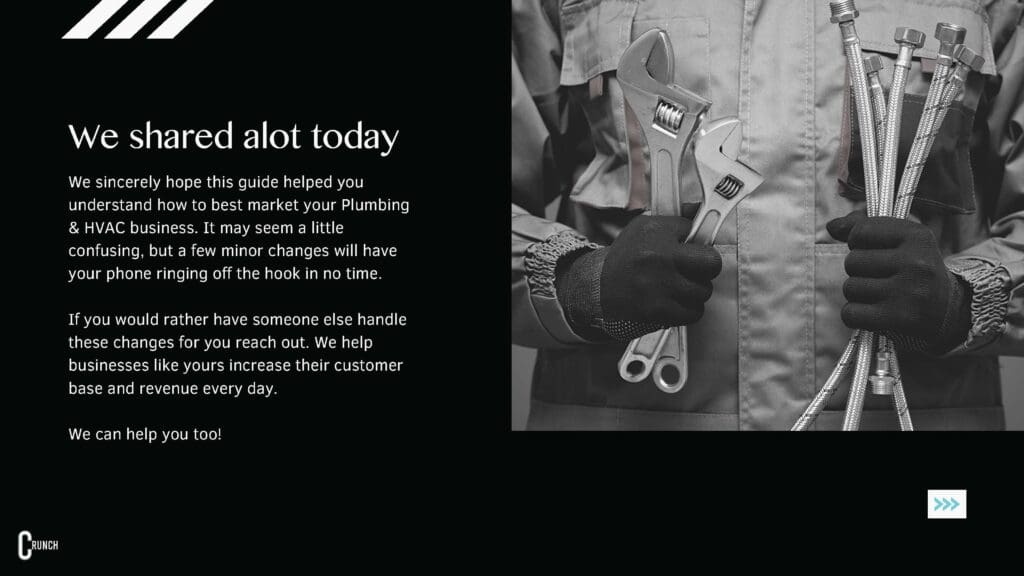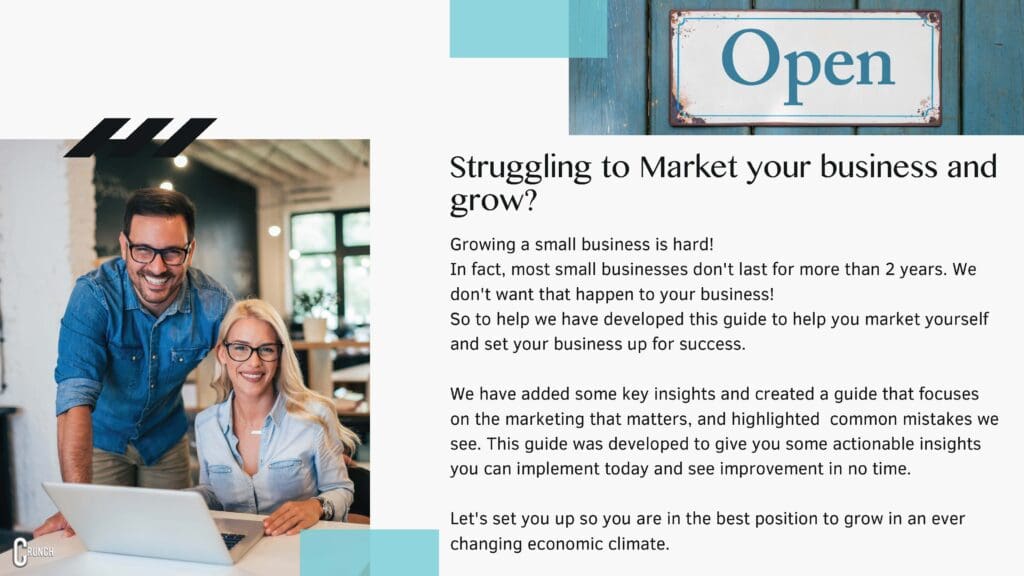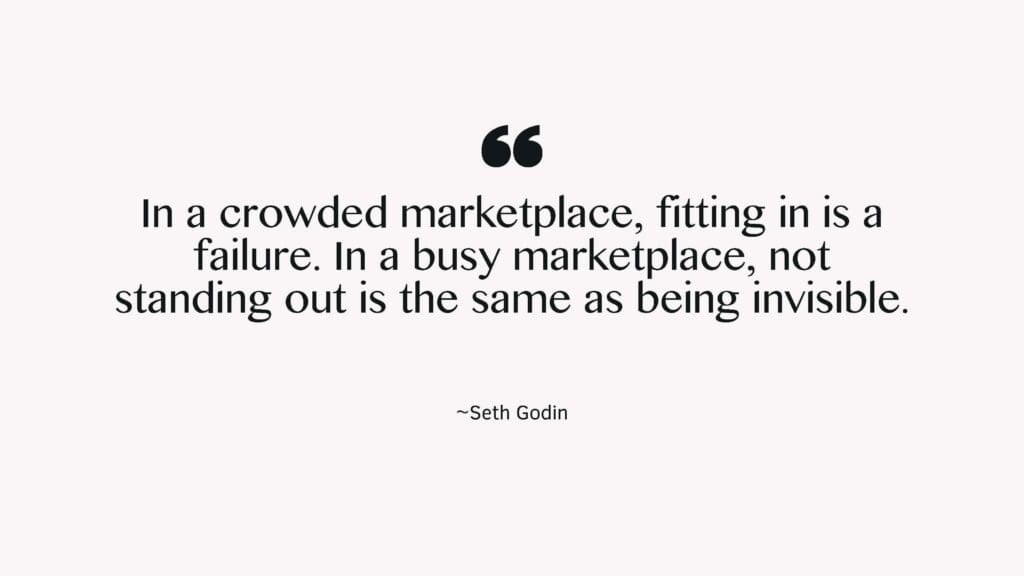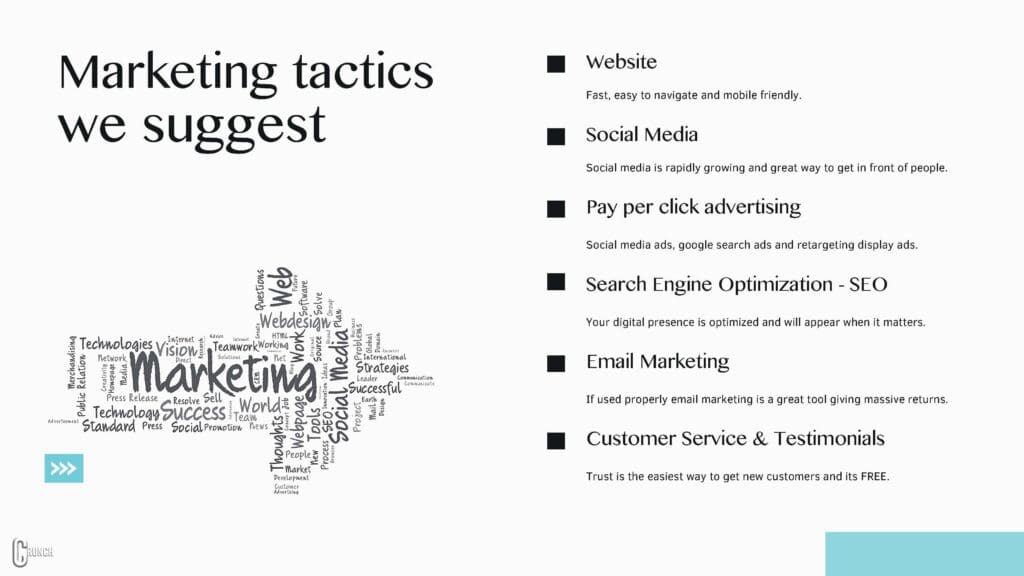We have all been there, we spend hours building out an ad strategy, finding the perfect images and writing the most compelling copy. We schedule our ads and fully expect to be buried in leads, only to hear crickets.
Digital ads can be an incredibly effective way to reach customers and increase sales. But if you’re not using digital marketing correctly, your ads won’t do their job. In fact, they could even hurt your business. To make sure that doesn’t happen, here are seven reasons why your digital ads aren’t working—and how you can fix them:
You’re targeting people who have no interest in your ads.
The first and most obvious reason your ads aren’t working is that you’re targeting people who have no interest in your ads.
If your target audience is someone who doesn’t want what you’re selling, then no amount of ad spend or optimization will make them click on it. You need to find a new audience or change what products or services you sell so that they’re more attractive to potential customers.
Along with the wrong audience another reason your ads aren’t working is that you’re not targeting the right keywords. You need to make sure that the words used in your ads are relevant to what people are searching for, and not just random combinations of words that sound like they might be related. You can use free tools like Google’s keyword planner to find out which keywords are most popular in your industry and which ones have a high cost per click (CPC). You want to make sure the keywords are relevant, popular and won’t cost a ton to target
Your ad creative isn’t inspiring.
The first thing you need to do is make sure your ad creative is inspiring. It should convey a message, an emotion and reflect what you are selling.
Ad creative is the visual part of a digital ad, which can be anything from an image or video to animation. The goal of this section is to catch the attention of potential customers and get them interested in what you’re offering–and it needs to do so quickly! If your images aren’t eye-catching enough, people will click away before they even see what’s being offered in the text portion of your ad.
Your creative should also be relevant: If someone clicks on an ad for yoga classes because they want more energy; showing them pictures of smiling yogis probably won’t do much good since those images don’t help sell their product as effectively as something else might have done instead like perhaps a group of people doing yoga, or a person with a yoga mat that looks tired, this shows similarity, or refreshed which show where they will be after they buy from you.
Once you’ve got your ad creative figured out, it’s time to move on to the text portion of your ad. This is where you’ll write out what you’re offering and why people should care about it. Since this section will be displayed below your images or video content, there isn’t much room for creativity here–so keep things simple!
You’re targeting the wrong audience type.
Targeting your customers is about understanding who they are, what they want and how you can deliver it to them.
You should be targeting people based on their demographics (age, gender), psychographics (lifestyle), what they are actively looking for(in-market) and behavioral patterns (the things they do online). If you don’t know who your audience is and what they want, then how can you effectively reach them?
The best way to find out who your customers are is through research. You should start by asking yourself: – Who is your ideal customer? – What do they want from me/my brand? – What are their needs, wants and struggles? How can I help them? What is their daily life like? Who are their peers and how do they interact with each other?
You’re not telling a story with your ads.
There’s a reason why people love stories. They’re engaging, they build trust and brand awareness and they are an excellent way to get people to click on your ads.
Stories can be told in many ways: through words or images; on a screen or printed page; in an advertisement or published book. But no matter how it’s told, the story must have three elements: 1) conflict 2) resolution 3) transformation.
Stories that have all three of these elements are the most engaging and memorable. They allow us to connect with the characters in a way that makes us feel like we’re part of their world—and, in turn, we empathize with them more deeply.
Evoking emotion is key here, I’m sure you have heard people will not remember what you said, but they will remember how you made them feel.
Stories are a powerful way to build trust and brand awareness. They make people feel like they’re part of a community, which can cause them to move beyond just feeling good about your product or service and actually take action on it.
Your ad type isn’t relevant to your goal.
The most important thing you can do is make sure that the ad type you choose is relevant to the goal you are trying to achieve. If your goal is to drive traffic and sell products, then an image ad will probably not be as effective as a video or text-based one. The same goes for lead generation: if you’re trying to get people into a free trial or demo, then a video may be more effective than an image or text ad because it gets straight down into the details of what they can expect from using your product or service and saves them time.
If there’s one thing I’ve learned from my experience managing digital advertising campaigns for multiple businesses, it’s this: don’t just stick with what works–always experiment with new formats and channels until you find something that works better than anything else!
The power of experimentation is especially important for small businesses, because it allows you to quickly test different strategies and see what works best. It’s also important because people are constantly changing their minds about what they want: if a new competitor comes out with a better product or service than yours or if your industry changes due to political or economic factors, then there’s no guarantee that what you’ve been doing up until now will continue working.
Your ads aren’t driven by the right strategy for your audience.
The first step to a successful ad campaign is to choose the right strategy. A strategy is a set of tactics that can be used to achieve specific goals, and there are many types of strategies. For example, you may want to increase sales or grow brand awareness. You can also use different strategies depending on your audience.
If you’re targeting customers who already know about your product or service then it makes sense to focus on retaining them with messaging that reminds them why they love it so much.
If you’re targeting people who don’t know anything about what you offer (like new prospects), then maybe showing them how awesome it will be when they buy will help convince them
The point is, it’s important to know what your goals are before you start creating ads. Once you’ve got those nailed down, it’ll be much easier to make decisions about which strategies will help you accomplish them.
Once you’ve made a decision on your strategy, it’s time to start testing different approaches. This is where A/B testing comes in! A/B testing allows you to run two or more ads at the same time and compare how they perform against each other. From there, you can determine which one works best for your campaign goals and audience.
To recap, the most successful ad campaigns have all of these things working in unison.
- A solid strategy
- The right audience
- Engaging Imagery
- Compelling Copy
- An Inspiring Story
- A clear Goal
- The right ad for the job
We hope this article has helped you understand how to create compelling ads that will get noticed. Remember that the success of your ad depends on its ability to resonate with your audience, so it’s important that you consider who they are and what they want before creating an ad campaign.
If you keep these tips in mind when designing your next digital ad campaign, then there’s no doubt it will be much more effective than before!
If you are a little overwhelmed and could use some help Reach Out! We help businesses just like yours run highly converting ad campaigns every single day, you could be next.
If you are more of a lone wolf, head over to our Content Hub, you will find tons of resources to help you get better results from your marketing efforts.



















